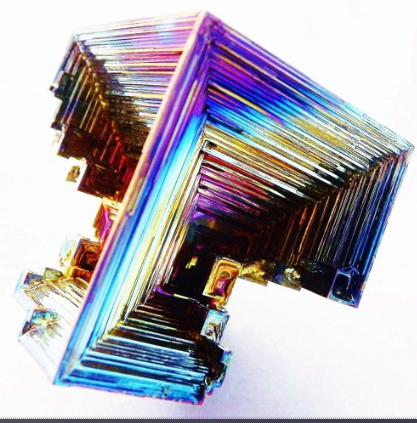for amplified Oboe, Clarinet Bb and Electronics
2014/15
Bismuto develops on the circular logic of the transmutation and synthesis of its sound materials. In a stable sound discourse, the timbres of the instruments merge with each other and with the track, resulting in meticulously elaborated textures. The sections follow each other organically due to the subtle articulations, which propose an arc of continuity where the dynamics vary delicately.
In the piece the sonorities melt and solidify as it happens with the metal that inspires its name. The iridescent colors of bismuth vary according to the moment of solidification and its degree of oxidation, as well as the textures of BI [bismuto] mutate into sonorities that melt and solidify into different strata, floating and melting into an electric magma.
Written for Eduardo Spinelli and Christian Kemper – suono mobile global








